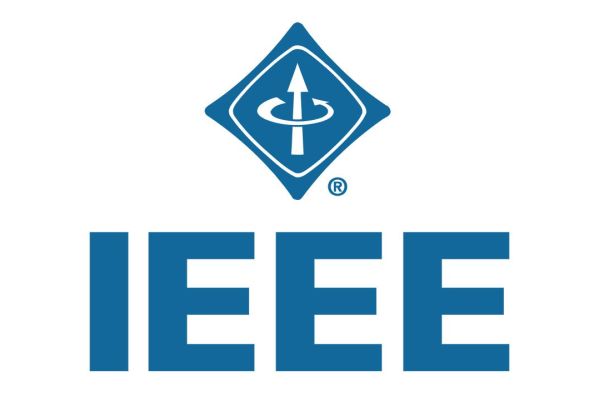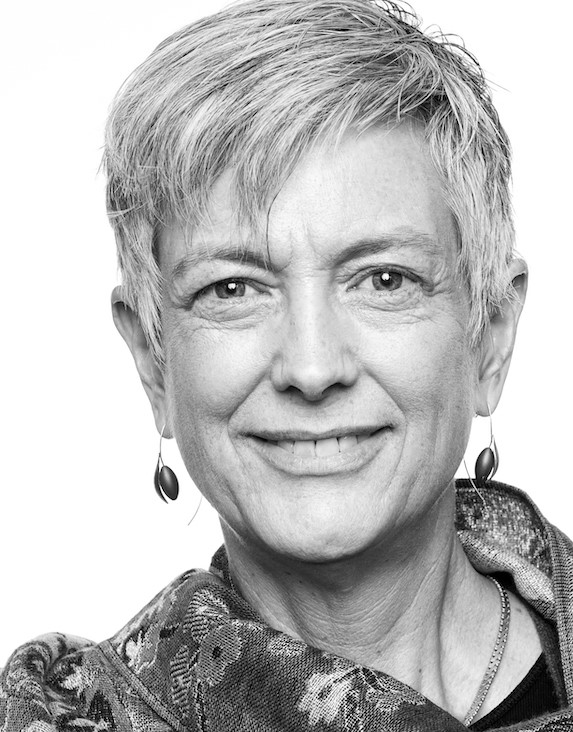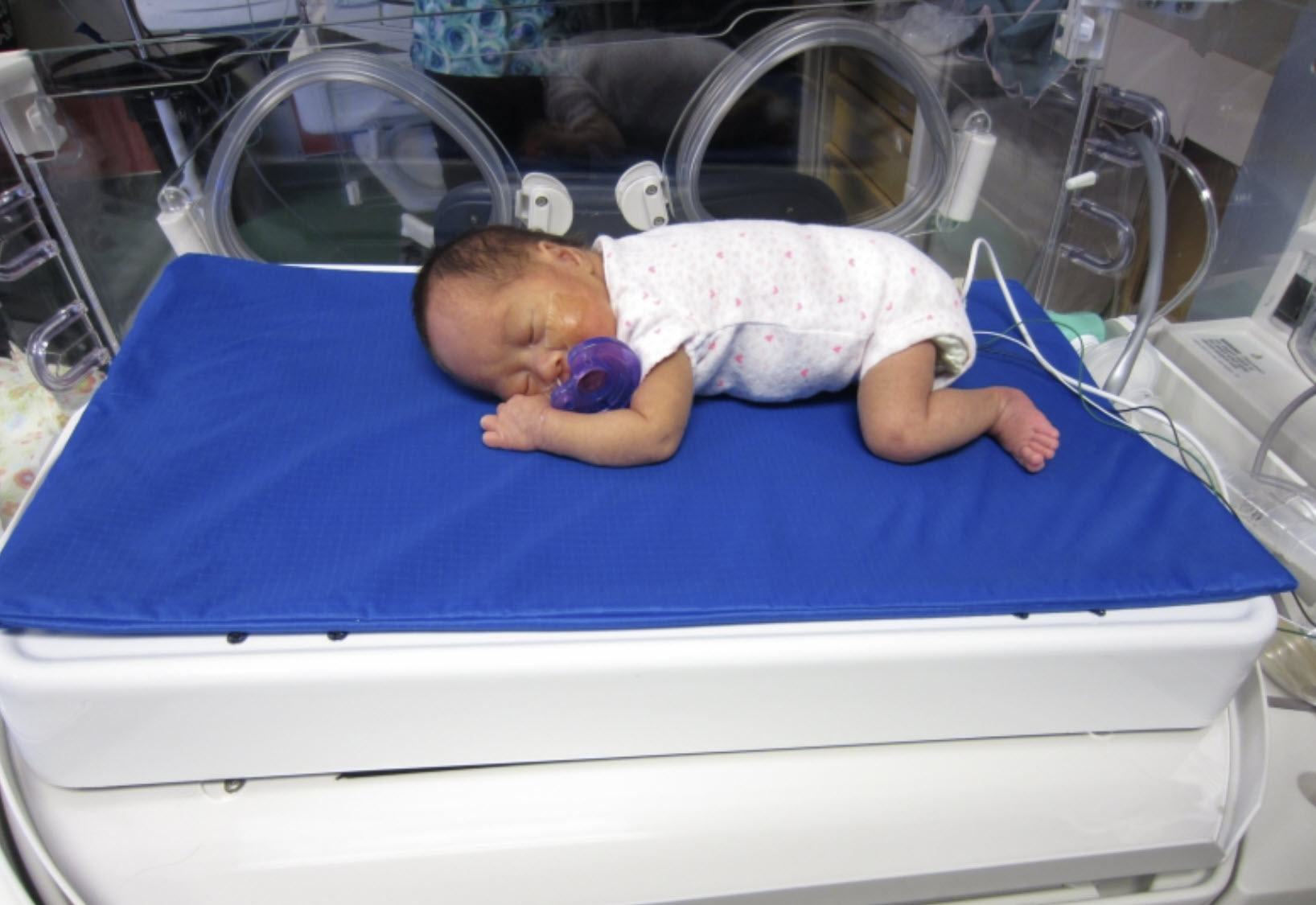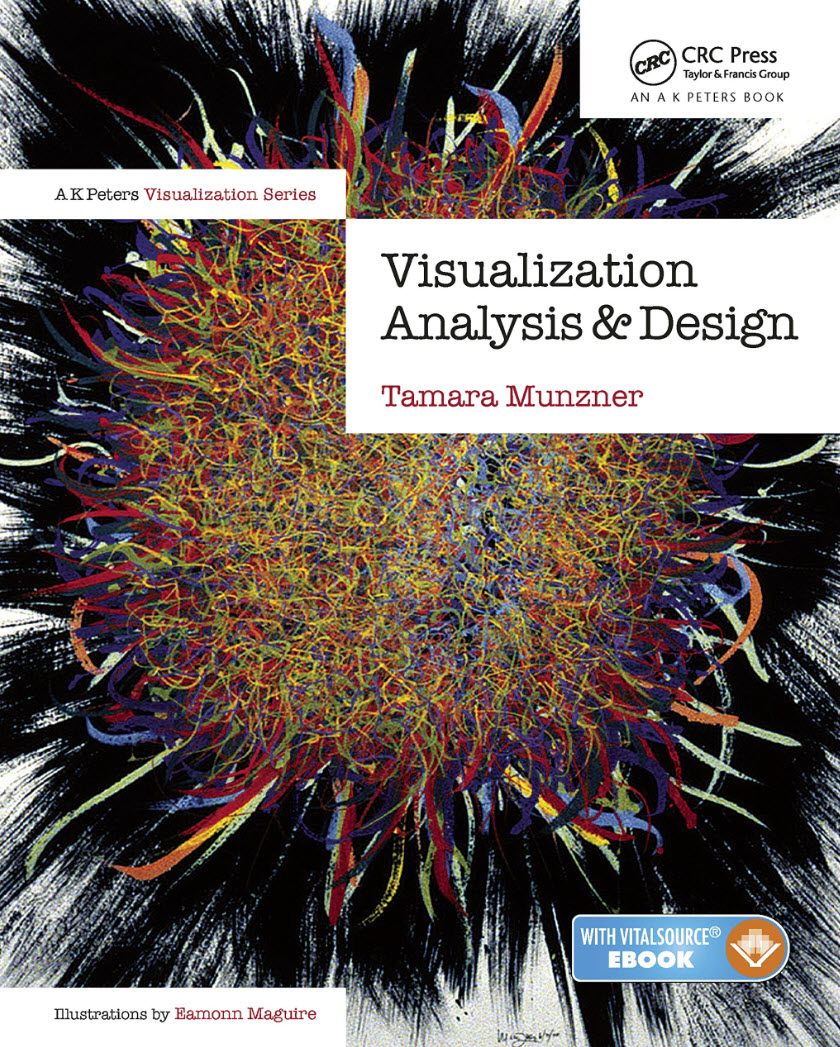
Drs. Karon MacLean and Tamara Munzner elevated to IEEE Fellows
Two computer science professors, Drs. Karon MacLean and Tamara Munzner have recently been elevated to IEEE Fellows. This prestigious distinction is reserved for select Institute of Electrical and Electronics Engineers (IEEE) members who have made extraordinary accomplishments in their field.
The evaluation and selection process is rigorous. Less than 0.1% of voting members are selected annually for this member grade elevation and it’s recognized by the technical community as an important career achievement.
Dr. Karon MacLean for Haptics
Professor MacLean was elevated to IEEE Fellow for her contributions to the design of haptic communication.

She earned her PhD in Mechanical Engineering at MIT and a BSc in Biological Sciences and Engineering at Stanford, and joined UBC Computer Science in 2000. She is the general director and co-founder of UBC’s cross-campus Designing for People (DFP) Research Cluster, leads the Sensory Perception and Interaction Research Group within Computer Science and is associate director for UBC’s Institute for Computing, Information and Cognitive Systems (ICICS). Internationally, she has long been a leader in the haptics and human computer interaction communities, including running or advising a number of major conferences and initiatives.
MacLean uses haptic (touch sense) force feedback as part of a multisensory HCI design toolbox. Using her background in mechatronics, robotics, physiology and sensory psychophysics, she has used design as a way to restore and augment physicality in human-facing technology through broad-ranging collaboration. Inspirations have ranged from videographers and prominent musicians (leading to controllers for streaming media and new musical instruments) to psychologists (updating theories of attention for overloaded sensory tasks) and materials scientists (new tactile sensors). She has valued UBC as a place that welcomes interdisciplinarity.
The first haptics systems emerged in the early 1990s, and MacLean’s 1996 PhD thesis was among the first on the topic. MacLean conceived of haptic technology as not just complex robotics, but a new way of interacting with information. Her early research innovated on the possibility of manipulating virtual media like video and audio streams via software-based ‘interaction models,’ made comprehensible through physical metaphors, providing intuitive control and haptic access to auto-detected data features.
She also studied how people perceive tactile information, and produced theoretical and empirical evidence of specific dimensions, which resulted in the creation of communicative and optimally-learnable haptic language.
Her studies exposed the importance of designing for individual differences and signal personalization at a time when most research focused on statistical norms. This work clarified and quantified the value that physical design can add through hedonics and affective support.
Dr. MacLean has been a primary contributor on many important papers, most often in collaboration with many innovative and highly-talented students. Some notable early topics included how to approach designing with perceptually novel sensations, and crafting interactions for physical ‘delight.' Her collaborations have inspired further development on application-based needs.
A decade ago, MacLean’s group began to explore human affective (emotional) touch. They built a cat-like touch-centric robot to research how affective touch acts on our sensory and cognitive systems, then applied it to therapeutic interventions in mental health. They have explored novel approaches to rendering and authoring expressive robot behaviour, created new flexible tactile sensors and algorithms to infer emotion from their touch, and are currently validating new models of user emotional state, suitable for real-time computation.

In one practical outcome, MacLean collaborated with a clinical partner to create ‘Calmer’: an inside-out haptic robot formed as an incubator-bed insert for premature infants. It mimics maternal breathing and heartbeat movement to help reduce stress from painful medical procedures.
Dr. MacLean has received many awards, including Best Paper awards at major IEEE and ACM conferences. In 2020, she was named Top 30 Women in Robotics by robohub.org and in 2021, was the first woman in UBC Computer Science’s history to receive a 7-year Canada Research Chair (Tier 1); her chair is in Interactive Human Systems Design.
Upon receiving this IEEE elevation, Karon said, “I came of age as a robot engineer and my first academic community was in robotics and the very first haptics conferences, which were engineering-focused. Even while I was always trying to bring in more influences from other areas – the ‘people’ side of my work, and in 25 years, there is a lot more diversity now – I’ve always remained connected to these roots. It’s a big honour.”
Dr. Tamara Munzner for Visualization
Professor Tamara Munzner was elevated to IEEE Fellow for her contributions to principles, processes, and design for visualization.
Dr. Munzner attained her PhD from Stanford University in 2000, and joined UBC in 2002.

She leads the department’s InfoVis Group. She is also a member of DFP: Designing for People, CAIDA: Centre for Artificial Intelligence Decision-making and Action and DSI: Data Science Institute.
She is a computer scientist with three decades of experience in data visualization. Dr. Munzner approaches visualization research through four angles of attack: technique-driven work with an algorithmic focus, problem-driven work directed by specific applications, evaluation to characterize and assess efficacy, and the development of theoretical foundations.
She has made multiple major contributions to the evolution and maturation of the research practices of the field through her guidance about writing and assessing research papers according to the type of contributions they contain. Her ‘Nested Model’ for visualization design and validation has been widely adopted by a broad cross-section of researchers in the field. It determines which evaluation and validation methods are suitable for which design context, and is suitable for a range of fields including computer science, visual perception and psychology, design, and anthropology.
Her ground-breaking paper “Design Study Methodology: Reflections from the Trenches and the Stacks” described and prescribed methods for conducting these papers, synthesizing the experiences of the authors into a process model and articulating potential pitfalls along with suggestions on how to avoid them. This effort has been a major force in shaping the field through its influence on both authors and reviewers, and the number of design study papers now available for use demonstrates the popularity and importance of this type of research.
Munzner herself has worked across a broad range of application domains, including genomics, evolutionary biology, fisheries, facilities management, web log analysis, in-car networks, server hosting, computational linguistics, e-commerce, and journalism. She has collaborated with people in many organizations including Agilent, AT&T Research, BC Cancer, Google, Harvard Medical School, Microsoft, Tableau, and early-stage startups.
Her textbook Visualization Analysis and Design, published in 2014, has been adopted worldwide at hundreds of institutions, including Harvard, Georgia Tech, and UC Berkeley. In it, Dr. Munzner provides a synthesis view of the field to students, researchers, and practitioners.

She has served in many leadership roles at IEEE VIS, the top-tier venue of the academic visualization community, from scholarly decision-making as Papers Chair, to oversight and governance as Steering Committee Chair. She notes, “It all started when I volunteered to be the InfoVis webmaster in 2000, and then I just kept going. I’m back in the saddle again as Overall Paper Co-Chair for IEEE VIS 2023, because I’m enthusiastic about our newly unified model which brings all of the visualization-related conferences together under one umbrella.”
Awards for Dr. Munzner include the 2015 IEEE VGTC Visualization Technical Achievement Award (the field's top accolade), and two Test of Time awards (one for her Design Study Methodology paper) from IEEE InfoVis. She is the founding editor of the AK Peters Visualization book series for CRC/Routledge, and on the advisory council for the Data Visualization Society.
Upon receiving her IEEE elevation, Tamara said, “I’m delighted and honoured that my work has been recognized by the community in this way. I also want to recognize my many co-authors and collaborators, many of them students here at UBC, who have enriched my intellectual life!”
Read more about this distinction for Dr. Munzner and Dr. MacLean